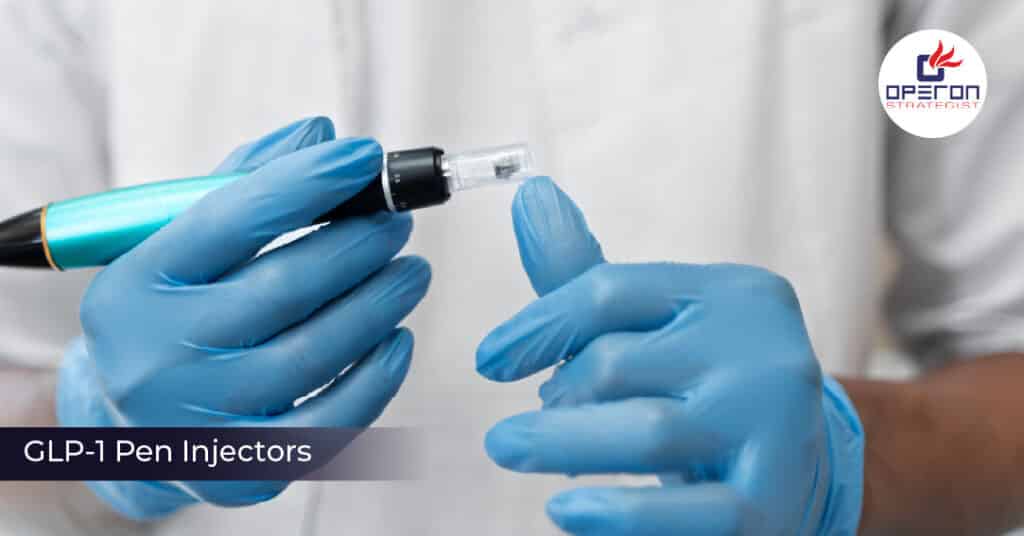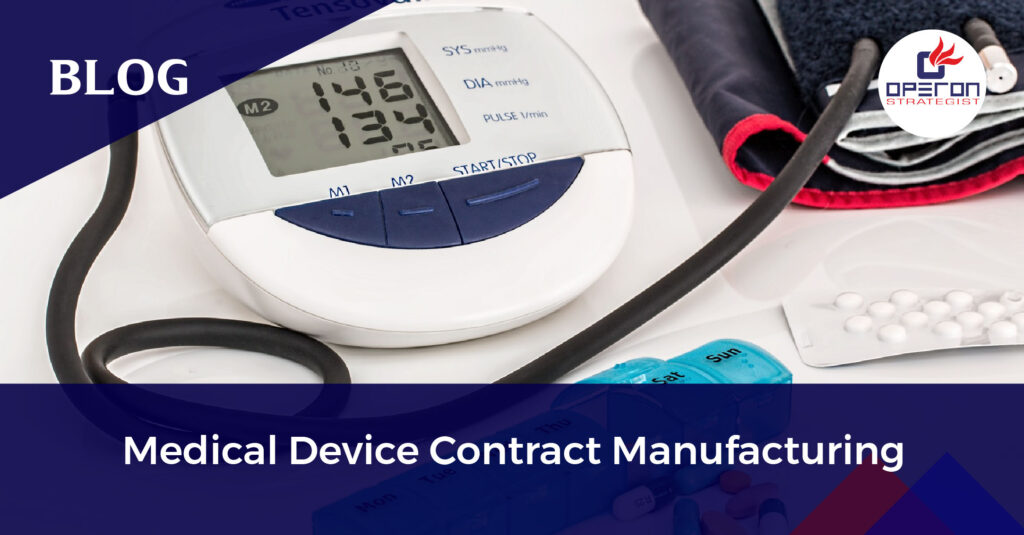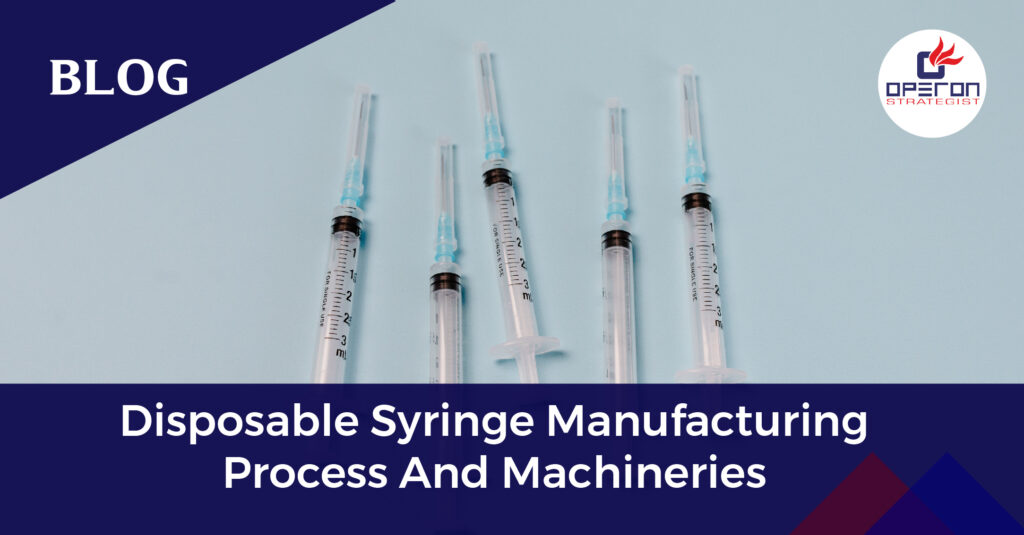Introduction: The Rise of GLP-1 Pen Injectors
In the evolving world of injectable therapies, GLP-1 pen injectors have emerged as a breakthrough innovation for the treatment of type 2 diabetes and obesity.
With the rise in chronic lifestyle diseases, the demand for safe, convenient, and user-friendly drug delivery systems has soared making GLP-1 pens a preferred option among both patients and healthcare providers.
Looking For a Medical Device Regulatory Consultant?
What Are GLP-1 Pen Injectors?
GLP-1 (Glucagon-Like Peptide-1) receptor agonists are a class of medications that help regulate blood sugar levels and aid in weight management. These drugs, such as semaglutide, liraglutide, and dulaglutide, are typically administered via pre-filled pen injectors—a device designed for subcutaneous self-injection.
These pen devices are:
- Prefilled with a GLP-1 drug cartridge
- Ready-to-use, with simple dose-setting mechanisms
- Designed for self-administration, improving patient compliance
Regulatory Classification: A True Combination Product
According to major global regulatory bodies such as:
GLP-1 pen injectors are categorized as drug-device combination products. This means they must meet both pharmaceutical and medical device regulatory requirements.
Key Regulatory Requirements:
- GMP compliance for the drug component
- ISO 13485 and ISO 14971 compliance for the device
- ISO 11608 for needle-based injection systems
- Usability engineering and human factor validation
- Device Master File (DMF) submission, if applicable
These requirements ensure safety, quality, and performance throughout the product lifecycle.
Manufacturing Techniques & Design Considerations
Manufacturing a GLP-1 pen injector involves several precision engineering and aseptic filling steps. The process includes:
- Drug Cartridge Filling
- Pen components manufacturing & Assembly
- Labeling and Packaging
Pen injector design must ensure
- Dose accuracy
- Ergonomic handling
- Temperature stability
- Minimal dead volume to avoid drug wastage
GLP-1 Pen Injectors Market Growth: A Booming Sector
Global Demand Forecast:
- Over 500 million GLP-1 pen injectors projected to be required annually by 2026
- Estimated to cross 2 billion units per year by 2032
Market Drivers:
- Rapid increase in obesity and diabetes cases
- Rising demand for self-injectable, patient-friendly treatments
- Expiry of patents on major GLP-1 drugs enabling generic launches
- Cost-effective alternatives to branded pens
Why Regulatory Compliance is Critical
Given the product’s combination nature, regulatory compliance is essential to:
- Ensure patient safety
- Achieve fast market approvals
- Meet international standards for both drug and device components
Compliance Path Includes:
- Risk management (ISO 14971)
- Common Technical Document (CTD/eCTD) preparation
- Design controls and performance validation
- Regulatory submission to authorities (FDA, EMA, CDSCO, etc.)
Ready to Launch Your GLP-1 Pen Injector?
How Operon Strategist Can Help
At Operon Strategist, we offer specialized consulting services for drug-device combination products, including GLP-1 pen injectors. Our services include:
- Product classification guidance
- ISO 13485 and risk management implementation
- Dossier preparation and regulatory filings
- Device design and usability support
- Global registration strategies and compliance audits
Our team ensures your product development is regulatory-ready, helping you reduce time-to-market and maintain quality standards throughout.
- adminhttps://operonstrategist.com/author/admin-2/
- adminhttps://operonstrategist.com/author/admin-2/
- adminhttps://operonstrategist.com/author/admin-2/
- adminhttps://operonstrategist.com/author/admin-2/




